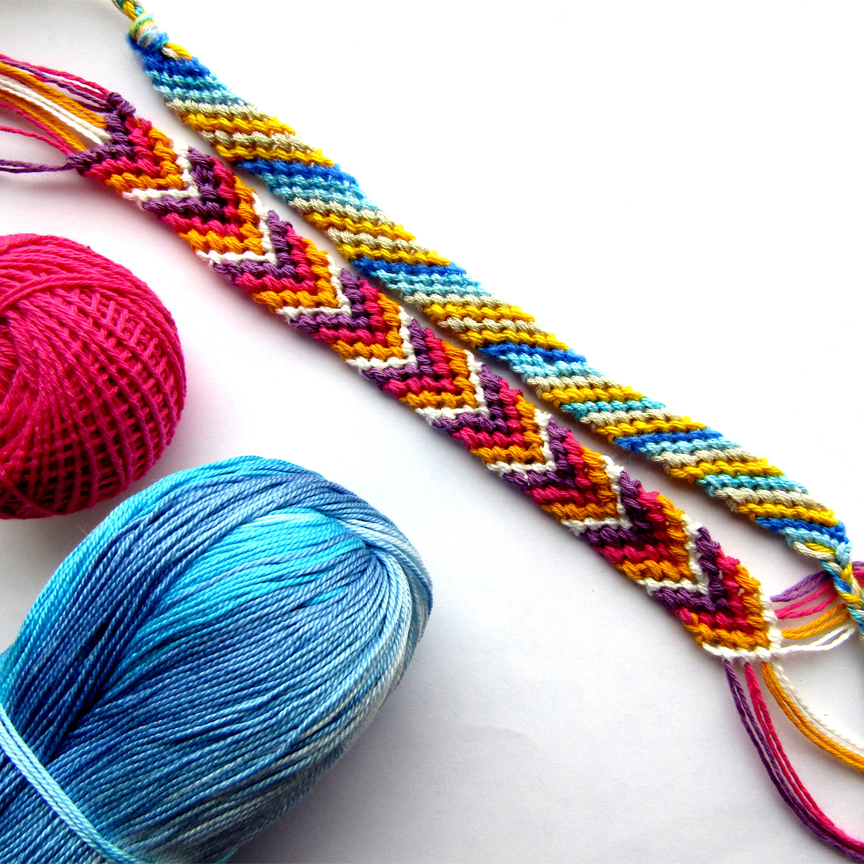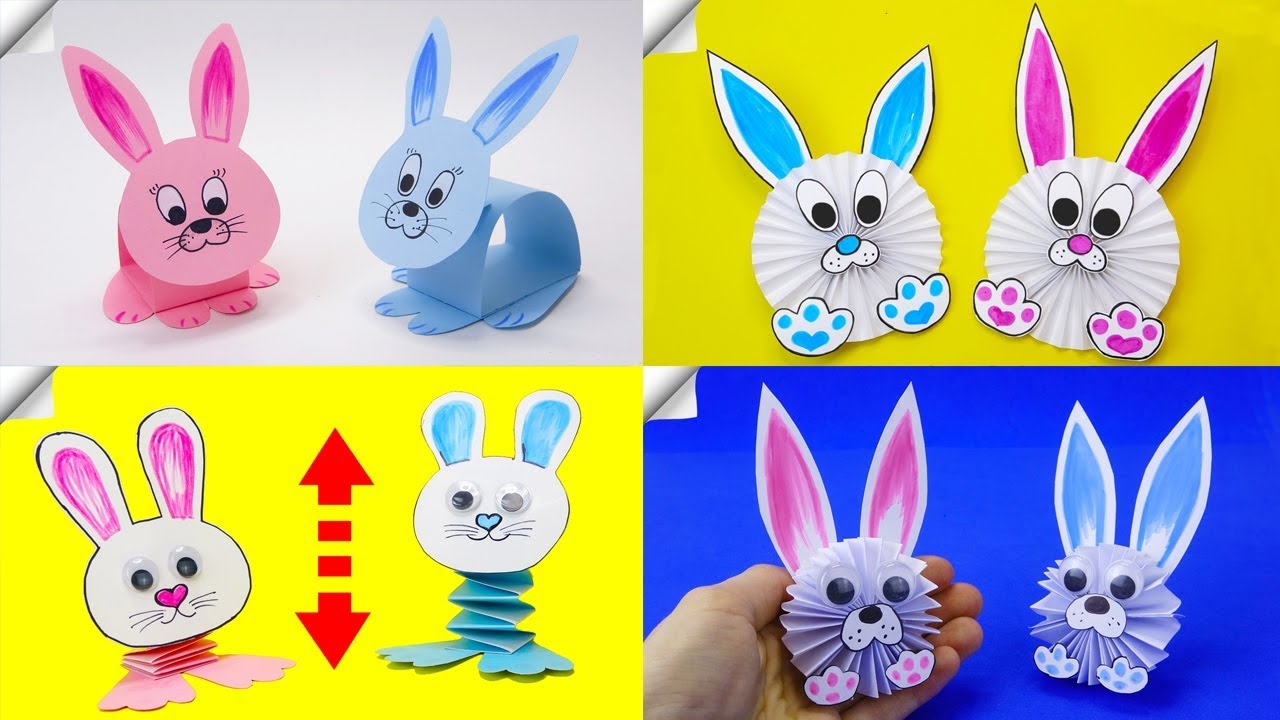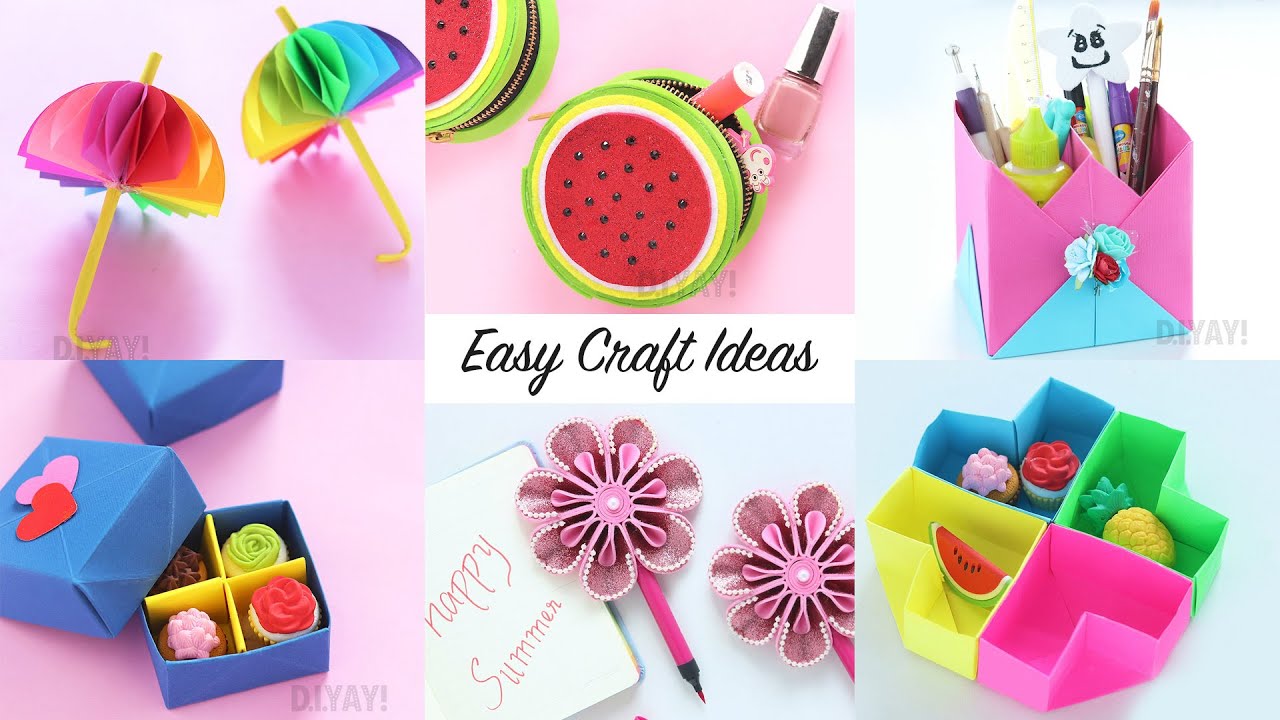DIY shoes have become a popular trend, allowing individuals to express their creativity and personalize their footwear. This surge in interest can be attributed to the accessibility of materials, online resources, and a growing desire for unique, handcrafted items. Whether you’re a seasoned crafter or a curious beginner, the world of DIY shoemaking offers endless possibilities for self-expression and style.
From classic sneakers to elegant sandals, the types of DIY shoes are as diverse as the individuals who create them. This guide will delve into the various types of DIY shoes, the materials and tools needed, fundamental and advanced techniques, and the exciting world of designing your own footwear. We’ll also explore the sustainability and ethical considerations of DIY shoemaking, offering tips for making eco-conscious choices.
The Rise of DIY Shoes
The world of fashion is constantly evolving, and one of the most exciting trends in recent years has been the rise of DIY shoemaking. From simple customization to full-fledged creations, more and more people are embracing the opportunity to design and craft their own footwear. This trend is fueled by a confluence of factors, including the accessibility of materials, the abundance of online resources, and the growing desire for personalization.
The Accessibility of Materials
The availability of affordable and high-quality materials has played a crucial role in making DIY shoemaking more accessible to a wider audience. Online retailers and local craft stores offer a diverse range of materials, including leather, canvas, fabric, and various embellishments. This abundance of options allows aspiring shoemakers to experiment with different styles and designs, without breaking the bank.
The Power of Online Resources
The internet has revolutionized the way people learn and create, and DIY shoemaking is no exception. Countless websites, blogs, and social media platforms offer a wealth of tutorials, patterns, and inspiration. From beginner-friendly guides to advanced techniques, online resources provide a comprehensive platform for learning and sharing knowledge. These platforms also foster a sense of community among DIY shoemakers, allowing them to connect, collaborate, and share their creations.
The Desire for Personalization
In an era of mass-produced goods, the desire for unique and personalized items has grown significantly. DIY shoemaking offers a powerful way to express individuality and create footwear that reflects personal style. By customizing every detail, from the color and material to the embellishments and design, individuals can create shoes that are truly one-of-a-kind.
Popular DIY Shoemaking Communities and Platforms
The growing popularity of DIY shoemaking has led to the emergence of dedicated communities and platforms where enthusiasts can connect, share their creations, and seek inspiration. Some popular examples include:
- Etsy: This online marketplace features a wide range of handcrafted items, including DIY shoemaking supplies and finished creations. Etsy also provides a platform for connecting with other shoemakers and sharing their work.
- Pinterest: This visual search engine is a treasure trove of DIY shoemaking inspiration. Users can browse through countless images of customized shoes, find tutorials, and discover new ideas for their own projects.
- Instagram: This photo-sharing platform has become a hub for DIY shoemakers to showcase their work, connect with other enthusiasts, and follow their favorite creators. The hashtag #diyshoes is a great way to find inspiration and connect with the community.
Types of DIY Shoes
The world of DIY shoes is vast and exciting, offering a chance to express your creativity and style through personalized footwear. From classic sneakers to elegant sandals, the possibilities are endless. Each type of shoe presents unique challenges and rewards, requiring specific techniques and materials.
Sneakers
Sneakers are a popular choice for DIY projects due to their versatility and the abundance of readily available materials. The canvas uppers of many sneakers are easily customizable, allowing for painting, embroidery, and even fabric appliqué. The rubber soles provide a sturdy base for experimentation.
The challenges of DIY sneakers lie in achieving a professional finish and ensuring the modifications don’t compromise the shoe’s structural integrity. Proper preparation of the canvas, careful application of paint or fabric, and the use of high-quality adhesives are crucial for a successful outcome.
- Popular DIY Sneaker Styles:
- Custom Painted Sneakers: A blank canvas for artistic expression, allowing for intricate designs, bold color schemes, or even personalized messages.
- Embroidered Sneakers: Adding delicate embroidery to the canvas uppers creates a unique and sophisticated look, perfect for showcasing intricate patterns or personal motifs.
- Fabric Appliqué Sneakers: Applying fabric patches to the sneakers adds a touch of texture and dimension, allowing for playful designs or bold statement pieces.
Sandals
DIY sandals offer a refreshing opportunity to create comfortable and stylish footwear for warm weather. The open design of sandals makes them ideal for showcasing intricate details and unique materials. Leather, fabric, and even recycled materials can be incorporated into the construction.
The challenges of DIY sandals involve achieving a secure fit, ensuring the straps are durable and comfortable, and maintaining the integrity of the sole. Careful measurements, proper stitching, and the use of high-quality materials are essential for a well-made sandal.
- Popular DIY Sandal Styles:
- Leather Sandals: The classic choice for DIY sandals, offering a sophisticated and timeless look. Leather can be cut, stitched, and embellished to create unique designs.
- Fabric Sandals: Lightweight and breathable, fabric sandals are perfect for summer wear. They can be adorned with embroidery, beads, or other embellishments.
- Upcycled Sandals: Giving new life to old materials, upcycled sandals can be made from discarded fabrics, leather scraps, or even plastic bottles.
Boots
DIY boots are a more ambitious undertaking, requiring advanced skills and a commitment to precision. The complex construction of boots, with their multiple layers and intricate stitching, presents a unique challenge. However, the rewards are substantial, allowing for the creation of truly personalized and stylish footwear.
The challenges of DIY boots involve mastering leatherworking techniques, achieving a secure fit, and ensuring the boot’s durability. Proper pattern making, precise stitching, and the use of sturdy materials are essential for a successful outcome.
- Popular DIY Boot Styles:
- Leather Boots: A timeless classic, leather boots offer a range of styles and designs, from rugged work boots to elegant ankle boots. DIY leather boots require a solid understanding of leatherworking techniques.
- Fabric Boots: A more contemporary approach to boot design, fabric boots can be made with a variety of materials, including canvas, denim, and even felt. They offer a more casual and comfortable option.
- Upcycled Boots: Transforming old boots into something new, upcycled boots can be made from discarded leather, denim, or other materials. This is a sustainable and creative way to create unique footwear.
Flats
DIY flats are a great starting point for beginners, offering a relatively simple construction and a wide range of design possibilities. The flat sole makes them easy to work with, while the upper can be made from a variety of materials, from fabric to leather to even felt.
The challenges of DIY flats involve achieving a comfortable fit, ensuring the sole is durable, and creating a secure attachment between the upper and the sole. Careful measurements, proper stitching, and the use of high-quality materials are essential for a well-made flat.
- Popular DIY Flat Styles:
- Fabric Flats: Lightweight and comfortable, fabric flats are perfect for everyday wear. They can be made with a variety of fabrics, including cotton, linen, and silk.
- Leather Flats: A more sophisticated option, leather flats offer a timeless and elegant look. They can be embellished with embroidery, beading, or other details.
- Upcycled Flats: Giving new life to old materials, upcycled flats can be made from discarded fabrics, leather scraps, or even plastic bottles.
Basic Shoemaking Techniques
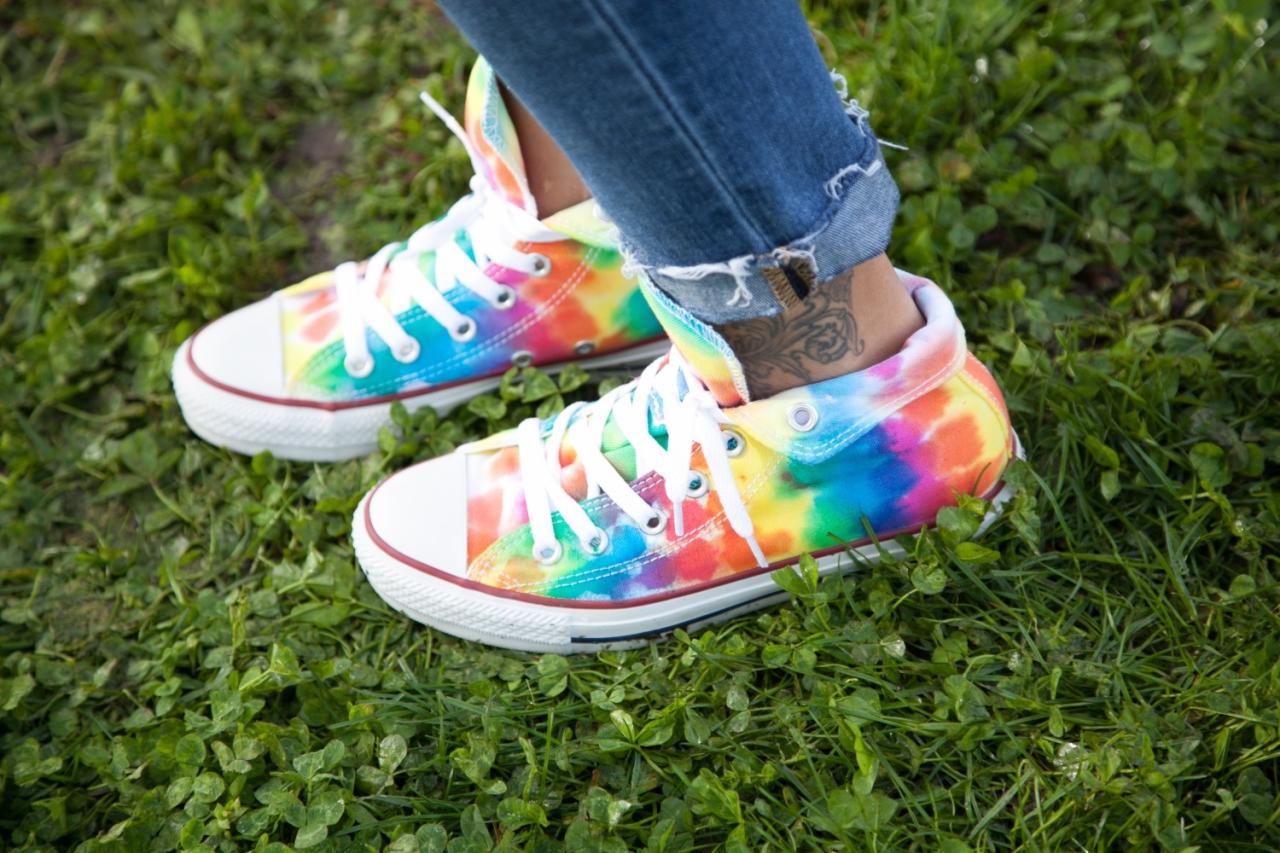
Shoemaking involves a range of techniques that, when combined, result in a functional and aesthetically pleasing footwear piece. Understanding these techniques is crucial for anyone embarking on their DIY shoemaking journey. This section delves into fundamental techniques, offering step-by-step guidance for a simple DIY shoe project.
Pattern Drafting
Pattern drafting is the process of creating a template that will be used to cut the shoe’s components from the chosen material. This step is crucial as it determines the shoe’s shape and fit.
- Tracing Existing Shoes: For beginners, tracing an existing shoe that fits well is a good starting point. This involves carefully outlining the shoe’s contours onto paper, adjusting the pattern as needed for desired modifications.
- Using Commercial Patterns: Numerous commercial patterns are available for various shoe styles. These patterns provide detailed instructions and templates for cutting and assembling the shoe.
- Designing Custom Patterns: For those with more experience, designing custom patterns from scratch offers the most flexibility. This involves sketching the desired shoe shape and translating it into a workable pattern.
Cutting
Cutting the shoe components from the chosen material requires precision and care.
- Using Sharp Tools: Sharp scissors, rotary cutters, or a fabric shears are essential for clean, precise cuts. Dull tools can result in uneven edges, impacting the shoe’s final appearance and fit.
- Marking the Material: Before cutting, mark the material according to the pattern. This ensures accurate placement and prevents mistakes. Use a fabric marker or chalk to transfer the pattern onto the material.
- Cutting Layers: For many shoe styles, multiple layers of material are required. When cutting these layers, it’s important to keep them aligned to ensure proper fit and assembly.
Stitching
Stitching is a crucial step in shoemaking, securing the different components together and providing structural integrity.
- Choosing the Right Needle and Thread: The type of needle and thread used depends on the material being stitched. For leather, a heavy-duty needle and strong thread are recommended. For fabric, a finer needle and thread are suitable.
- Using a Sewing Machine: Sewing machines can be used for stitching various shoe components, especially for fabric shoes. It provides consistent stitches and saves time.
- Hand-Stitching: Hand-stitching is a traditional method that offers more control and allows for intricate details. It requires patience and practice but can create a unique and durable finish.
Assembling
Assembling the different components of the shoe involves a series of steps that require precision and care.
- Gluing: Glue plays a vital role in holding the shoe components together. Use a strong, flexible adhesive suitable for the materials being used. Apply the glue evenly and allow it to dry completely before proceeding.
- Attaching the Sole: Attaching the sole to the upper is a crucial step. This can be done using various methods, including stitching, cementing, or a combination of both.
- Finishing Touches: Once the shoe is assembled, finishing touches are added, such as laces, buckles, or embellishments. These details contribute to the shoe’s overall aesthetic appeal.
A Simple DIY Shoe Project: Slippers
This project will guide you through creating a simple pair of slippers.
Materials
- Fabric: Choose a soft, comfortable fabric like fleece or flannel.
- Felt: For the soles.
- Sewing thread: Matching the fabric color.
- Sewing machine or needle and thread.
- Scissors.
- Fabric marker or chalk.
- Measuring tape.
Instructions
- Measure your foot: Measure the length and width of your foot. Add an inch or two to the length for comfort.
- Create the pattern: Draw a rectangle on paper that is the length and width of your foot plus the added inches. This will be the base of the slipper. Cut out two rectangles from the fabric.
- Cut the felt soles: Cut out two rectangles from the felt that are slightly larger than the fabric rectangles. These will be the soles of the slippers.
- Sew the slippers: Place the two fabric rectangles right sides together and sew along the edges, leaving the top open. Turn the slippers right side out.
- Attach the soles: Place the felt soles on the bottom of the slippers and sew around the edges, securing them in place.
- Finish the slippers: You can add decorative touches to the slippers, such as stitching a seam around the top edge or adding a decorative button.
Designing Your Own Shoes
Designing your own shoes is a fun and creative way to express your personal style and make unique footwear that reflects your individuality. From brainstorming ideas to crafting prototypes, the journey of custom shoe design is both rewarding and challenging.
Brainstorming and Sketching
Brainstorming is the initial stage of designing your own shoes, where you generate ideas and explore different possibilities. It’s about letting your imagination run wild and considering all the potential aspects of your shoe design. Once you have a few promising ideas, sketching is the next step. Sketching allows you to visualize your shoe designs on paper, helping you refine your ideas and communicate them more effectively.
- Start by gathering inspiration from various sources. Look at existing shoe designs, fashion magazines, art, nature, and even everyday objects to spark your creativity.
- Consider the purpose and occasion for your shoes. Are they for casual wear, formal events, or specific activities?
- Think about the materials, colors, and textures you want to use. Will your shoes be made from leather, canvas, fabric, or other materials?
- Sketch different shoe shapes, styles, and details. Experiment with different heel heights, toe shapes, and embellishments.
- Create multiple sketches to explore various design options. Don’t be afraid to experiment and try new things.
Incorporating Personal Style, Diy shoes
To make your shoe designs truly unique, it’s crucial to incorporate your personal style and preferences. This involves reflecting your taste, personality, and interests in your designs.
- Think about your favorite colors, patterns, and textures. Use these elements to create a visual theme for your shoes.
- Consider your personal style and how it translates to footwear. Do you prefer minimalist designs, bold statements, or something in between?
- Incorporate your hobbies and interests into your designs. For example, if you love nature, you could use floral motifs or earthy colors.
- Don’t be afraid to experiment with different materials and textures. Mixing and matching can create unique and interesting results.
Prototyping
Prototyping is the process of creating a physical model of your shoe design. This allows you to test the fit, comfort, and overall functionality of your shoes before committing to a final design.
- Use readily available materials like cardboard, foam, or fabric to create your prototype. These materials are easy to work with and allow for quick adjustments.
- Focus on the key aspects of your design, such as the shape, fit, and overall structure of the shoe.
- Test the prototype by wearing it or having someone else wear it to assess its comfort and functionality.
- Use feedback from testing to refine your design and make necessary adjustments before moving on to a final production.
Innovative DIY Shoe Designs
The world of DIY shoe design is constantly evolving, with innovative and unique creations emerging all the time. Here are some examples of creative and inspiring DIY shoe designs:
- Upcycled Shoes: Reusing old shoes or clothing to create new and stylish footwear is a sustainable and creative approach to DIY shoe design. For example, you could use old jeans to create denim sneakers or repurpose vintage fabrics to create unique sandals.
- 3D-Printed Shoes: 3D printing technology offers endless possibilities for custom shoe design. You can create complex shapes and intricate details that would be difficult or impossible to achieve with traditional methods. 3D-printed shoes can be personalized with custom logos, patterns, and even embedded electronics.
- Sustainable Materials: Using sustainable and eco-friendly materials is becoming increasingly popular in DIY shoe design. This includes materials like recycled plastic, organic cotton, and plant-based leather. By incorporating these materials, you can create shoes that are both stylish and environmentally conscious.
Resources and Inspiration
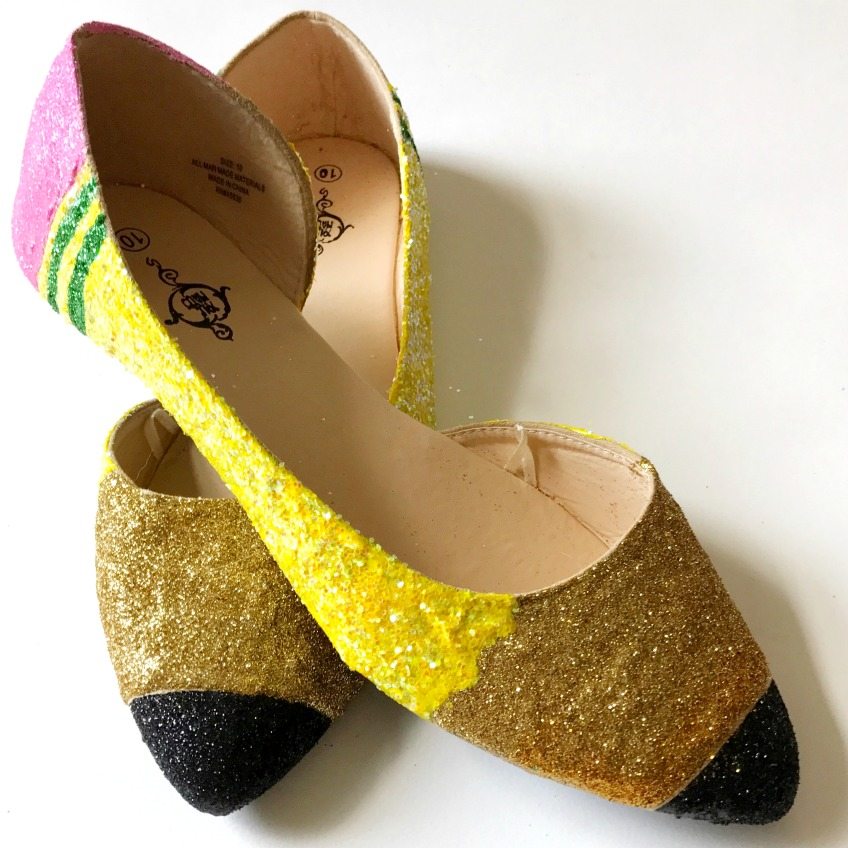
The journey of DIY shoemaking is exciting, but it’s also a learning process. You’ll need the right resources to guide you, and inspiration to fuel your creativity.
This section explores valuable resources and inspiring examples to kickstart your DIY shoemaking adventure.
Recommended Resources
The right resources can provide the knowledge and support you need to excel in DIY shoemaking. These resources include books, websites, and online communities dedicated to the craft.
- Books: Books offer a comprehensive understanding of shoemaking techniques and principles.
- “Shoemaking: A Complete Guide to Making Your Own Shoes” by John Horrocks provides a detailed guide to constructing various shoe types.
- “The Complete Guide to Shoemaking” by Janet G. Murray covers the entire process, from pattern drafting to finishing.
- Websites: Online platforms offer a wealth of information, tutorials, and inspiration.
- “The Shoemaking Workshop” (www.theshoemakingworkshop.com) features tutorials, patterns, and resources for all levels.
- “Shoe Goo” (www.shoegoo.com) specializes in shoe repair and restoration, offering valuable tips and techniques.
- Online Communities: Connecting with other DIY shoemakers can be invaluable for sharing ideas, seeking advice, and gaining inspiration.
- “Reddit’s r/Shoemaking” subreddit is a vibrant community where enthusiasts discuss techniques, share projects, and offer support.
- “The Shoemaking Forum” (www.shoemakingforum.com) is a dedicated forum for shoemakers of all skill levels to connect and learn.
Inspiring DIY Shoemakers
Witnessing the creations of other DIY shoemakers can spark your own creativity and inspire you to push your boundaries.
- “The Shoe Surgeon” (www.theshoesurgeon.com): This renowned shoe customizer is known for his intricate designs and innovative techniques.
- He has gained recognition for his unique collaborations with brands like Nike and Adidas, showcasing his exceptional skills in transforming iconic sneakers into wearable art.
- “The Shoe Whisperer” (www.theshoewhisperer.com): This passionate shoemaker shares her journey and creations, inspiring others to embark on their own DIY shoemaking adventures.
- She provides detailed tutorials and insights into her process, empowering aspiring shoemakers to learn and create.
- “The Shoe Geek” (www.theshogeek.com): This blog features a wide range of DIY shoe projects, from classic styles to modern designs.
- The creator shares detailed tutorials, tips, and tricks, making the process accessible to beginners and seasoned shoemakers alike.
Sustainability and Ethical Considerations
DIY shoemaking, while empowering and creative, can also have environmental and ethical implications. It’s essential to be mindful of these factors and make conscious choices to minimize your impact.
Environmental Impact of DIY Shoemaking
The environmental impact of DIY shoemaking is multifaceted, encompassing material sourcing and waste reduction.
- Material Sourcing: The materials used in DIY shoemaking can have varying environmental impacts. Leather, while a natural material, requires significant resources for production and can contribute to deforestation. Synthetic materials, like PVC and PU, are derived from fossil fuels and can release harmful chemicals during production and disposal. Opting for sustainable materials, such as recycled leather, organic cotton, or plant-based alternatives, can significantly reduce the environmental footprint.
- Waste Reduction: DIY shoemaking can generate waste, particularly from cutting and trimming materials. Reducing waste through careful planning, utilizing scraps for smaller projects, and exploring upcycling techniques can minimize the impact.
Sustainable Choices in DIY Shoemaking
- Choose Sustainable Materials: Opt for materials with lower environmental impact, such as recycled leather, organic cotton, hemp, or cork. These materials are often produced with less energy and fewer harmful chemicals.
- Minimize Waste: Plan your projects carefully, using templates and patterns to reduce material waste. Explore upcycling techniques to give new life to old materials, such as repurposing old clothes or shoes into new designs.
- Support Ethical Suppliers: Choose suppliers who prioritize ethical and sustainable practices. Look for certifications like Fair Trade or GOTS (Global Organic Textile Standard), which ensure fair labor practices and environmental responsibility.
Ethical Considerations in DIY Shoemaking
- Labor Practices: While DIY shoemaking empowers individuals to create their own footwear, it’s important to consider the labor practices involved in the production of materials. Ensuring fair wages, safe working conditions, and ethical treatment of workers throughout the supply chain is crucial.
- Fair Trade: Supporting Fair Trade suppliers ensures that workers are paid a fair wage and work in safe and ethical conditions. Look for Fair Trade certifications on materials and products to support ethical practices.
DIY Shoemaking for Beginners
Embarking on the journey of DIY shoemaking can be both rewarding and challenging. This section provides a comprehensive guide for beginners to get started with their shoemaking adventures.
Choosing a Beginner-Friendly Project
Selecting the right project is crucial for a successful and enjoyable first experience.
- Simple Slip-On Shoes: These are excellent starting points as they require minimal stitching and complex patterns.
- Canvas Sneakers: Canvas is a forgiving material, making it easier to work with for beginners.
- Moccasins: Moccasins offer a relatively simple construction and can be made with various materials.
Key Resources and Tools for Beginners
Having the right tools and resources is essential for a smooth and enjoyable shoemaking experience.
- Shoemaking Patterns: These provide the foundation for your shoe designs and are available in various sizes and styles.
- Leather or Fabric: Choose materials that are suitable for your project and your skill level.
- Sewing Machine: A sturdy sewing machine with a variety of stitch options is highly recommended.
- Hand Sewing Needles and Thread: These are essential for detailed stitching and repairs.
- Scissors: A sharp pair of scissors is crucial for precise cutting.
- Hammer and Awl: These are used for punching holes and attaching soles.
- Shoe Lasts: These are wooden forms that shape your shoes.
- Shoe Glue: A high-quality shoe glue is essential for durable bonding.
Step-by-Step Guide for Beginners
This step-by-step guide Artikels the essential steps involved in creating your first pair of DIY shoes.
- Choose a Pattern: Select a beginner-friendly pattern and ensure it is the right size.
- Prepare the Materials: Cut out the pattern pieces from your chosen material, following the pattern instructions.
- Sew the Upper: Sew the upper sections of the shoe together, using a sewing machine or hand stitching, depending on your chosen method.
- Attach the Sole: Glue or stitch the sole to the upper section of the shoe.
- Finish the Shoe: Add any finishing touches, such as laces, buckles, or embellishments.
DIY Shoemaking for Experienced Makers
For those who have mastered the fundamentals of DIY shoemaking and are eager to push the boundaries of their craft, this section explores advanced techniques, innovative materials, and unique projects that will elevate your shoemaking skills to new heights.
Advanced Techniques
Experienced DIY shoemakers can delve into a range of advanced techniques to enhance their creations. These techniques involve manipulating materials, shaping footwear, and achieving intricate details.
- Pattern Grading: This technique involves adjusting a base pattern to create different sizes of shoes. Pattern grading requires a deep understanding of shoe construction and anatomy, enabling you to tailor your designs to various foot sizes and shapes.
- Lasting: Lasting is the process of shaping the upper of a shoe over a wooden form called a last. This technique is crucial for achieving the desired fit and structure of the shoe. Advanced techniques include using specialized tools, such as lasting pliers and hammers, to ensure precise and durable lasting.
- Customizing Shoe Soles: Experienced makers can explore various techniques for customizing shoe soles, adding unique textures, patterns, and embellishments. Techniques like stitching, carving, and applying different materials can transform the look and feel of the sole.
- Shoe Construction Methods: Beyond the traditional Blake stitch and Goodyear welt construction, experienced makers can experiment with other methods like the Strobel stitch or slip-lasted construction. These techniques offer different levels of durability and flexibility, allowing you to tailor the construction to the desired style and function of the shoe.
Innovative Materials
The world of shoemaking materials is constantly evolving, offering exciting possibilities for experienced DIY makers. These materials allow for unique aesthetics, enhanced durability, and sustainability.
- Recycled and Sustainable Materials: Experienced makers are increasingly incorporating recycled and sustainable materials into their designs, reflecting a growing awareness of environmental impact. These materials include recycled leather, canvas, and rubber, offering both ethical and aesthetic appeal.
- Bio-Based Materials: Innovative bio-based materials, such as plant-based leather alternatives and biodegradable polymers, are gaining popularity in shoemaking. These materials offer a more sustainable and eco-friendly approach to footwear production.
- 3D-Printed Materials: The advent of 3D printing technology has revolutionized shoemaking, allowing makers to create custom designs and intricate details with unprecedented precision. 3D-printed materials like TPU (thermoplastic polyurethane) and nylon offer flexibility, durability, and a wide range of design possibilities.
Unique Shoemaking Projects
Experienced makers can take on challenging and rewarding projects that showcase their advanced skills and creativity. These projects often involve intricate designs, unconventional materials, and unique functionalities.
DIY shoes are a fun and rewarding project, allowing you to express your unique style and create something truly personal. If you’re looking for inspiration and resources to help you get started, check out bq diy , a website dedicated to DIY projects and tutorials.
You’ll find a wealth of information on various shoemaking techniques, from simple embellishments to complete custom designs, empowering you to bring your shoe dreams to life.
- Custom Orthopedic Shoes: Experienced makers can design and craft custom orthopedic shoes tailored to specific foot conditions or needs. This requires a deep understanding of biomechanics and foot anatomy, enabling the creation of comfortable and supportive footwear.
- High-End Fashion Footwear: Experienced makers can push the boundaries of fashion by creating high-end footwear with intricate details, luxurious materials, and innovative designs. This may involve working with exotic leathers, hand-painted finishes, and intricate embellishments.
- Functional Footwear for Specific Activities: Experienced makers can design and create functional footwear for specific activities, such as hiking, running, or cycling. This requires a focus on performance, durability, and comfort, incorporating features like specialized soles, breathable materials, and ergonomic designs.
The Future of DIY Shoes
The world of DIY shoemaking is poised for exciting growth, fueled by a confluence of trends and technological advancements. This movement is not just about crafting unique footwear but also about embracing sustainability, personal expression, and the joy of creation.
Technological Advancements and New Materials
The rapid evolution of technology is set to revolutionize DIY shoemaking. 3D printing, for instance, will enable makers to create intricate shoe designs with unprecedented ease and precision. This technology allows for personalized fits, unique textures, and complex geometries that were previously impossible. Furthermore, the rise of bio-based materials, such as recycled plastic, plant-based leather alternatives, and innovative textiles, will offer sustainable and ethical options for shoemaking. These materials will not only reduce environmental impact but also open up new avenues for creative experimentation.
DIY Shoemaking as a Mainstream Hobby
DIY shoemaking is steadily gaining traction as a mainstream hobby, driven by several factors. The increasing availability of online resources, tutorials, and communities provides a supportive environment for aspiring shoemakers. The rise of social media platforms like Instagram and TikTok has also played a significant role, showcasing the creativity and craftsmanship of DIY shoemakers and inspiring others to embark on their own shoemaking journeys. Furthermore, the growing awareness of ethical and sustainable fashion practices is prompting individuals to seek alternative ways to create and consume footwear. This trend is likely to further fuel the popularity of DIY shoemaking as a way to create personalized, eco-conscious shoes.
Outcome Summary

Embarking on a DIY shoemaking journey is a rewarding experience, allowing you to create footwear that reflects your personal style and craftsmanship. With a little patience, creativity, and the right resources, you can transform your shoemaking dreams into reality. So, grab your tools, unleash your imagination, and get ready to craft your own unique footwear masterpieces.

